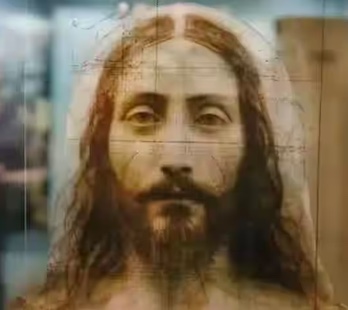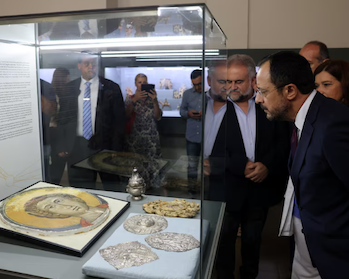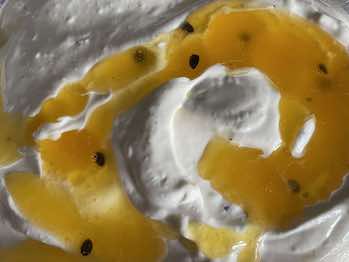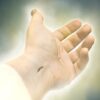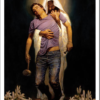Artificial Intelligence (AI) has been used on the famous Shroud of Turin to reveal the image of the man on the cloth – Jesus Christ.
The famed Shroud was used as a starting point for creating the image. The AI image of Jesus Christ was generated by Midjourney software to commemorate the 90th anniversary of the first time, since the famed Shroud of Turin was placed on public display.
The AI-produced image from the Shroud reveals a man with long, presumably dark brown hair and a beard. His eyes are open and looking straight at the viewer. The man’s neck is clearly defined, along with the top portion of his body which includes the shoulders.
In a social media post, The Case for Christ author Lee Strobel wrote: “According to Artificial Intelligence, this is what Jesus looked like if the Shroud of Turin is authentic.”
Strobel also included the image in his X post.
According to those who say it is a religious artifact, the shroud is the actual piece of cloth that was wrapped around Jesus’s body after his death on the cross. The resulting faint image left on the cloth was the result of an energy burst that happened at the time of Christ’s resurrection.
Relevant Magazine noted, “While this is still simply a modern interpretation by a modern device, the results are stunning.”
The burial cloth has an interesting history, with some claiming that it was owned by Byzantine emperors but vanished during the Sack of Constantinople in 1204. According to historians, the Order of the Knights Templar owned a relic depicting a bearded man on linen or cotton. In 1453, the House of Savoy acquired ownership of the shroud. The shroud was damaged in a fire at a chapel in Chambéry, Savoy’s capital, in 1532, and it was patched together by nuns from the Order of Saint Clare. The Duke of Savoy moved the shroud from Chambéry to Turin in northern Italy in 1578, and it has been there ever since. It remains in the Chapel of the Holy Shroud at Turin Cathedral.
Some have viewed it as a scam, while others believed it held Jesus’s blood. The Roman Catholic Church has never fully confirmed or denied its authenticity.
In 1390, French bishop Pierre d’Arcis wrote to Pope Clement VII, expressing his belief that the Shroud was essentially “a clever sleight of hand.” He argued that it was more probable that someone had “falsely declared this to be the actual shroud in which Jesus was wrapped in the tomb.”
In 1979, the Turin Commission questioned if the stains were pigment, not blood. Then, in 2018, forensic scientists suggested it was artificially made in the Journal of Forensic Science. Carbon dating suggests it may date from 1260AD to 1390AD.
(Picture Courtesy: X)

